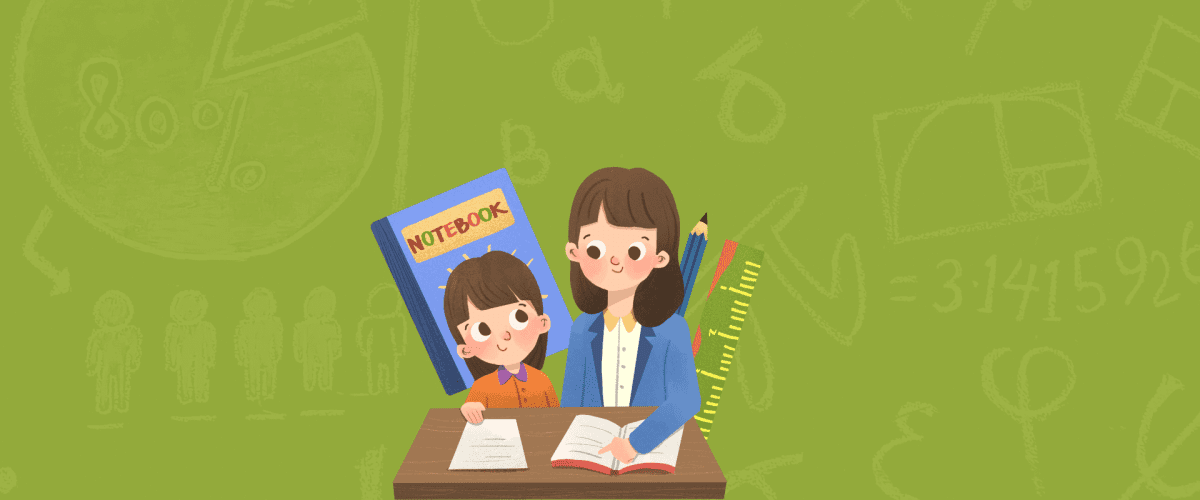If there’s one thing that all parents want for their children, it’s for them to be successful in life. One of the key ways to achieve success is to give your children a strong foundation in education. And when it comes to mathematics, nothing can help children understand complex ideas like manipulatives can. This blog […]











